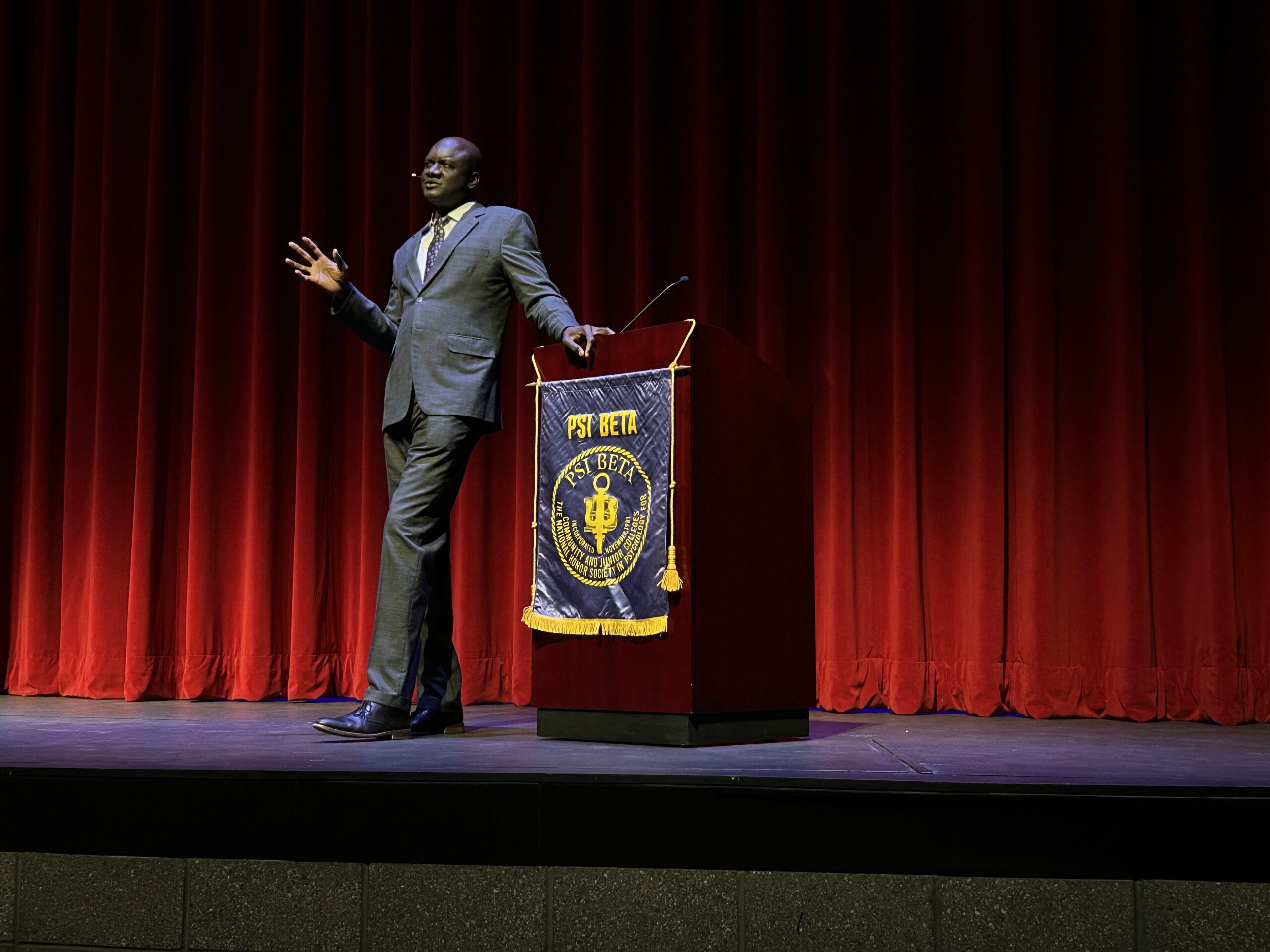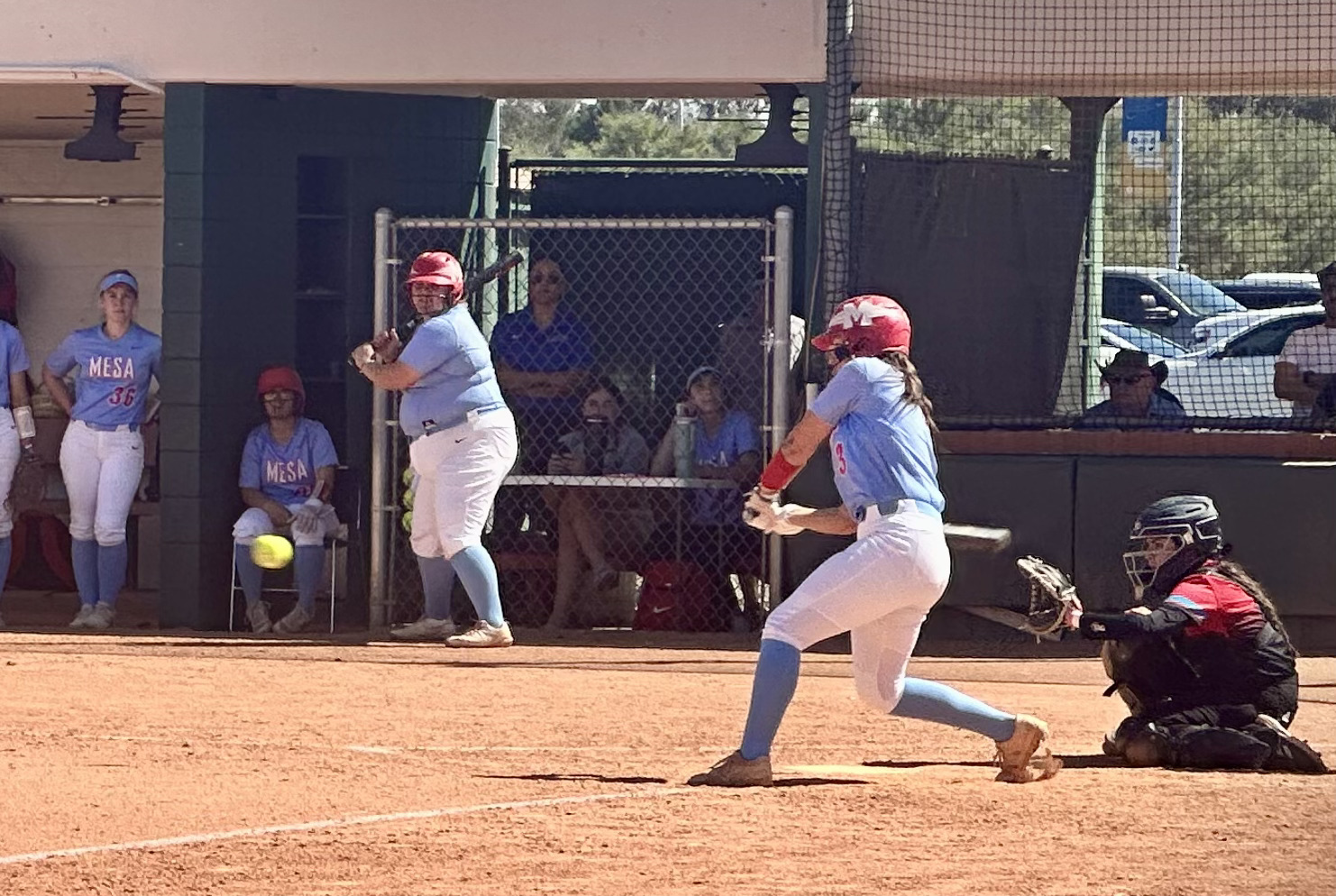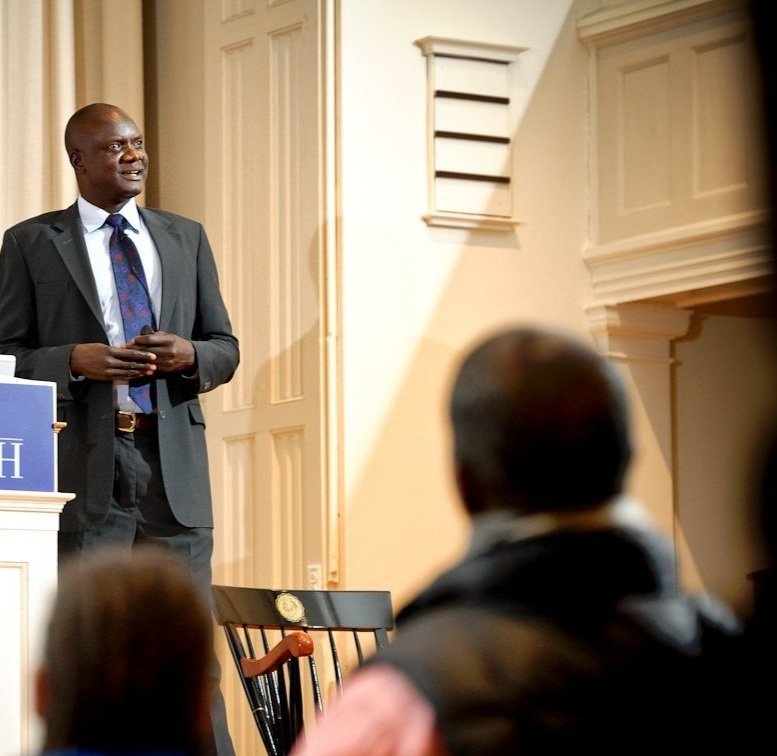Post traumatic stress disorder on the rise
Rachel Hancock
War zones are horrific and some soldiers never leave the horror behind.Dan DeMars, who recently returned from his first tour in Iraq, believes every veteran relives their experiences in one way or another.
“You can never forget,” DeMars said. “You see bloody, gory things that you shouldn’t see.”
Tammy Garcia, a licensed clinical social worker at Luke Air Force Base, defines post traumatic stress disorder as an anxiety disorder resulting from a traumatic experience.
General symptoms of PTSD include feelings of detachment, disinterest, difficulty falling or staying asleep, irritability or outbursts of anger, difficulty concentrating, hypervigilance and exaggerated startle responses.
Logan Hilgers, who served two tours in Iraq, suffered from PTSD after returning from both deployments.
“My PTSD was brought on the first time by seeing a friend killed in action,” Hilgers said. “The second will be my wife leaving me.”
“At first I was just silent and wouldn’t speak to anyone,” Hilgers said. “Then I experienced depression, hopelessness and a feeling of being completely useless.”
Garcia shared a similar story of a patient who tearfully recalled holding his hand over a friend’s chest to hold back the bleeding while telling him everything was going to be alright.
Another patient misunderstood orders to shoot at a car that refused to stop and later discovered there was a pregnant woman, two small children and a teenage boy in the car. The children survived.
Garcia has seen an increase in PTSD patients in recent years and estimates that over 20 percent of the military patients she treats have PTSD.
“In past years, I primarily saw people who had PTSD from childhood sexual, emotional and physical abuse or women who had been the victims of a sexual assault,” Garcia said. “Over the last year I have seen an increase in the number of people suffering from combat-related PTSD.”
Therapy attempts to “normalize” the symptoms the patient is experiencing and show their reaction is somewhat universal when confronted with an overwhelming event.
“After a period of education and hopefully, the formation of a healthy therapeutic alliance, several treatment modalities can be chosen,” said Micheal Cooter, Garcia’s co-worker at Luke AFB.
Cooter points to Prolonged Exposure Therapy and Eye Movement Desensitization Reprocessing as the most successful methods.
Prolonged Exposure Therapy uses images and real life exposure to help patients differentiate a traumatic event from a non dangerous one.
Eye Movement Desensitization Reprocessing involves making a patient’s eye move back and forth, simulating rapid eye movement in sleep.
A major barrier in treating PTSD is that many do not seek treatment.
“Many soldiers don’t say anything about it,” DeMars said. “They just try to deal with it like a man.”
Hilgers and Garcia believe that there are several ways the military could help prevent PTSD.
“Before deploying, they should brief soldiers more about PTSD and let them know about outlets for help before they may experience it,” Hilgers said.
Hilgers and Garcia agree that this generation has the advantage of being more prepared and knowledgeable about PTSD.
“Veterans of every generation have encountered PTSD and we’ve become more familiar and accustomed to it with this war,” Hilgers said.
Hilgers believes that this generation is more willing to seek treatment because they are more aware of the consequences of untreated PTSD.
“This war has become America’s longest and some soldiers have done four to five tours,” Hilgers said. “We won’t know the full effect PTSD has had on this generation until maybe 10 years after the war is over.









